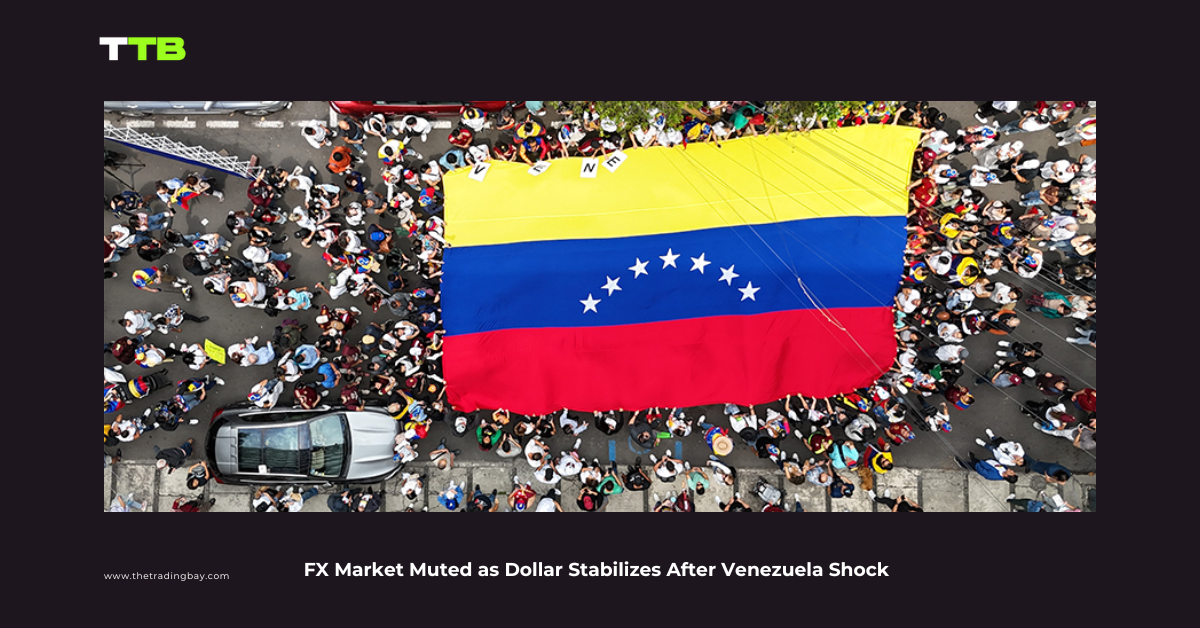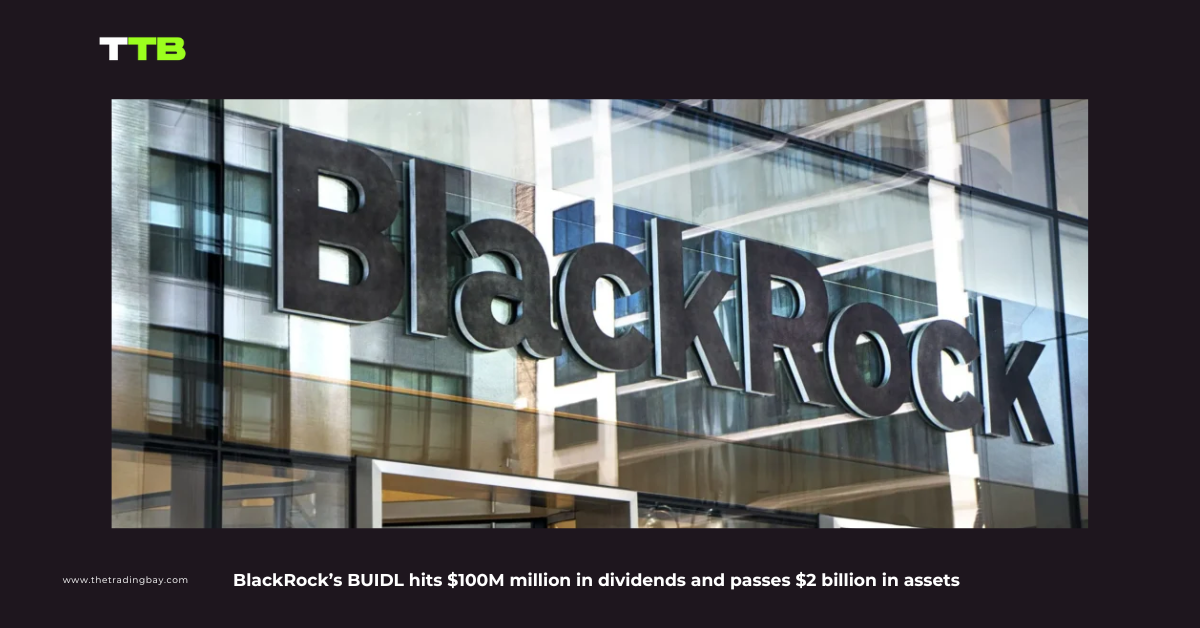What is Leveraged Crypto Trading: A Brief Guide
Leverage has become a revolutionary tool for traders who want to increase their chances of pocketing substantial gains. This strategy allows the traders to place much bigger bets than they could with their own money only, thereby giving them a chance of getting lucrative returns.
However, it is not all about acquiring bigger gains. This strategy is not without its share of risks and complexities. To successfully navigate the world of leveraged crypto trading, it is very important to understand how it works, the risks involved, and the strategies that can help to mitigate these risks.
In this guide, we will explore all the principles behind using leverage in crypto trading, from the basics to the best practices that can help you keep your investments safe while you are aiming for higher returns.
What is leveraged crypto trading?
Leveraged crypto trading allows investors to amplify their exposure to the market beyond what their own Capital can allow. This is not a method that is unique to cryptocurrencies; it is common in traditional financial markets like currency pairs, stocks, and commodities as well.
When you trade crypto with leverage, you are using borrowed money to capitalize on the market’s movements. Your own money is like a security deposit, which gives you the ability to trade and borrow more than you have.
Trading with leverage is usually concerned with Contracts for Difference (CFDs), a method that differs from buying digital currencies directly. CFDs allow you to speculate on the price movements without buying the assets. This way, you can benefit from the rising and also falling markets.
However, it is a double-edged sword. The possibility of higher profits is indeed tempting, but the likelihood of losses is also equal. That is the main reason why you need to have a well-defined strategy before joining this arena.
Crypto leverage trading illustrated: Ethereum (ETH) example
Overview:
Initial Capital: $2000
Leverage Applied: 5x
Total Position Value: $10,000
Asset Traded: Ethereum
ETH Initial Price: $3000 per ETH.
Trading Scenario:
The 5x leverage gives you control over an ETH position worth $10,000 with your $2,000 investment. This setup amplifies the impact of price changes on your investment, whether positive or negative.
Profit Scenario:
Price Movement: ETH price rises by 10%.
New ETH Price: $3400
Price Gain: 10% of $10,000 position = $1,000 profit.
Result: The net profit, excluding the fees, is $1,000. Your total amount climbed to $2000 + $1000 = $3000, demonstrating the impact of leverage on gains.
Loss Scenario:
Price Movement: ETH price falls by 10%.
New ETH Price: $2,600
Price Drop: 10% of $10,000 position = $1,000 loss.
Impact on Investment: The $1,000 loss drags your initial Capital to only $1000.
Result:
This case reveals the risky and rewarding nature of leverage trading in the cryptocurrency market. Leverage multiplies returns but also amplifies losses, which is why traders must have a good risk management plan.
Components of Crypto Leverage Trading
Crypto leverage trading is composed of a variety of factors, each with its own unique set of strategies and risks.
Leverage Ratios: Balancing risk and reward.
Leverage in crypto trading is expressed through ratios, such as 1:5, 1:20, or 1:30.
- Higher Leverage Ratios (e.g., 1:30) promise higher returns but with higher risks, as even small price movements may have a dramatic impact on the successful completion of a trade.
- Using Lower Leverage Ratios is a safer approach that gives the trader smaller returns but also limits the risks, which makes it appropriate for those who are risk-averse.
Finding the correct leverage ratio is a delicate matter of being ambitious and cautious, depending on a trader’s risk appetite and market assessment.
Strategic Positioning: Long vs. Short
The essence of leverage trading is the ability to either go long or go short.
- Going Long: A position betting on the increase of a crypto asset’s value. Traders who are anticipating the upward movement in prices employ this strategy to make a profit in the rising markets.
- Going Short: On the other hand, shorting is a strategy for those who predict a price decrease of assets.
These roles are essential for the effectiveness of leveraged trading and give a trader the opportunity to make a profit in both bullish and bearish market conditions.
Margin Management: The Art of Balance.
Margin management stands as the pivot of leverage trading. It is all about the careful monitoring and adjustment of the trader’s collateral (margin) against their open positions. This dynamic process includes:
- Responding to Margin Calls: A margin call occurs when there has been a drop in the value of the trader’s position to a point where extra funds are needed to keep the position open. Traders should decide whether to add more funds (increase collateral) or close the position to limit the losses.
- Proactive Margin Adjustment: Shrewd traders are proactive in managing their margins, adjusting positions in advance of any market movements to avoid margin calls and minimize the risks.
Risk management: The core of leveraged crypto trading
In the cryptocurrency leverage trading arena, risk management is of the utmost essence. Here are some steps you can take to manage your risks while engaging with this sphere:
- Practice with a Demo Account: Through paper trading on a demo account, you can get a lot of experience without actually losing money. This is an important step that helps in understanding the basics of leverage trading before investing real money.
- Implement Stop-Loss Orders: Establishing a stop-loss order that can automatically close a trade at a predetermined price is an optimal way of avoiding huge losses if the market turns against you.
- Take Profits Strategically: The setting of a profitability target helps to lock in the gains. You may choose to set a single exit point when a desired level of return is reached or use a set of incremental orders to gradually harvest the profits, thus avoiding the dangers of market timing.
Including these tactics within a holistic crypto investment plan can assist investors in dealing with the intricacies of leverage trading and keeping a balanced risk profile.












